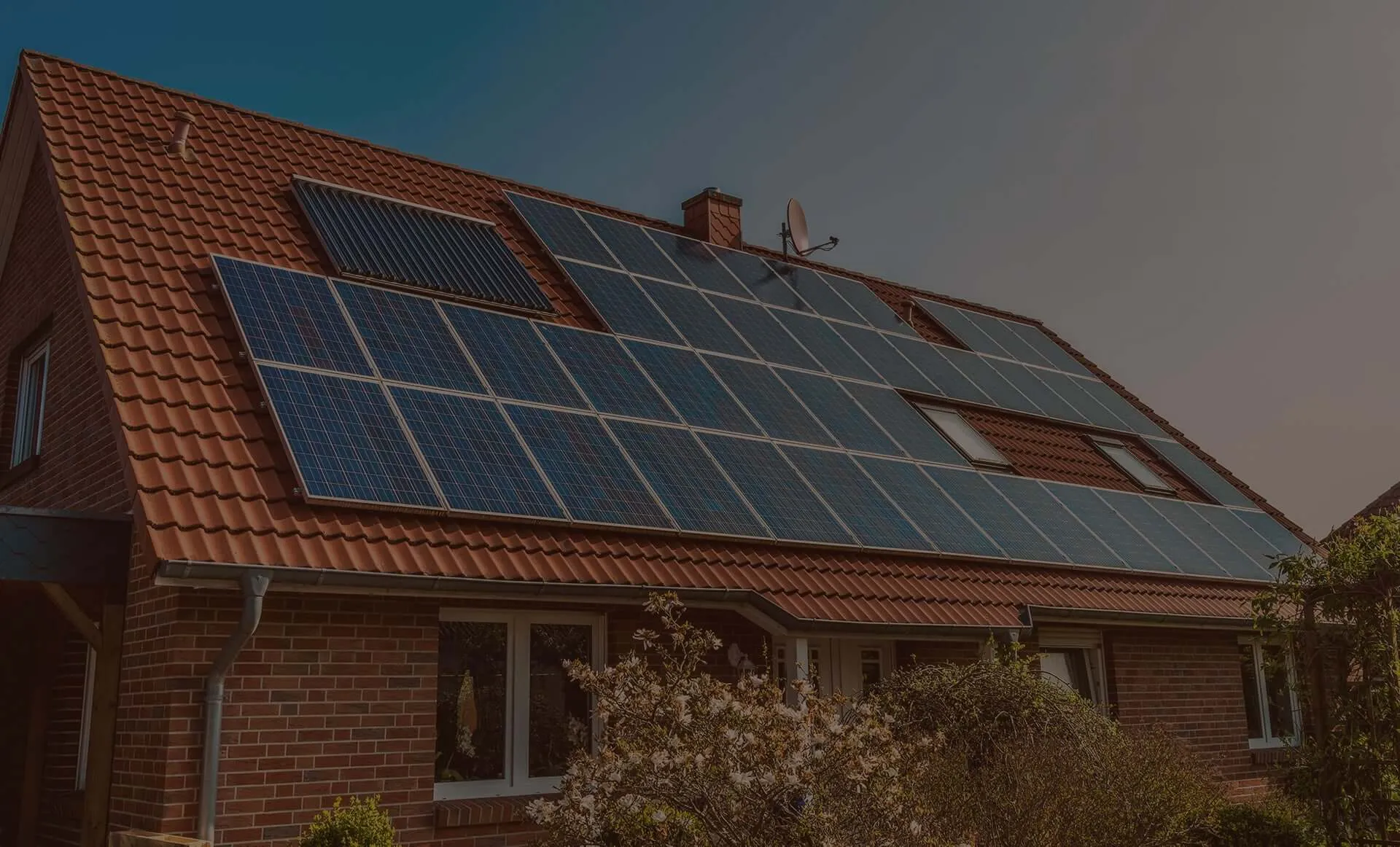solar panel efficiency
Understanding Solar Panel Efficiency A Key to Sustainable Energy
In the quest for sustainable energy solutions, solar panels have emerged as one of the most promising options. Solar panel efficiency is a critical factor that determines how effectively these devices convert sunlight into usable electricity. Understanding the factors that influence solar panel efficiency and the advancements in technology can help consumers make informed decisions and promote a greener future.
Solar panel efficiency refers to the ratio of solar energy converted into electrical energy by a photovoltaic (PV) system. This percentage indicates how well the solar panel utilizes sunlight; for instance, a panel with 20% efficiency converts 20% of the incoming solar energy into electricity, while the rest is lost as heat or reflected back into the environment. Currently, commercial solar panels boast efficiencies ranging from 15% to 22%, with cutting-edge models reaching efficiencies beyond 23%.
Several factors influence solar panel efficiency. The type of solar cell material plays a significant role. The most common materials used include monocrystalline, polycrystalline, and thin-film technologies. Monocrystalline panels are known for their high efficiency and longevity, often exceeding 20% efficiency, due to their pure silicon structure. Polycrystalline panels are typically less expensive but also less efficient, averaging around 15-17%. Thin-film panels, while lightweight and flexible, usually offer the lowest efficiency, ranging from 10-12%.
Another essential factor is the conditions in which the solar panels operate. Temperature, shading, and orientation can significantly impact efficiency. Solar panels function optimally under direct sunlight, but high temperatures can reduce their performance. Moreover, even partial shading from trees or buildings can lead to significant drops in energy production, underscoring the importance of proper installation and placement.
solar panel efficiency

Technological advancements continue to enhance solar panel efficiency. Innovations such as bifacial panels, which capture sunlight from both sides, and PERC (Passivated Emitter and Rear Cell) technology, which improves light absorption, are setting new records in efficiency. Researchers are also exploring multi-junction solar cells, which can achieve efficiencies exceeding 40% in laboratory settings by utilizing multiple layers of photovoltaic materials to capture different wavelengths of sunlight.
Additionally, the overall energy yield of a solar panel system is affected by the inverter’s efficiency, the angle of installation, and the performance ratio, which accounts for system losses. Therefore, when evaluating solar panel options, consumers should consider not only the efficiency of the panels themselves but also the complete solar system design.
The importance of solar panel efficiency extends beyond individual systems; it contributes to the broader goal of increasing renewable energy adoption. Higher efficiency means that less space is required to produce the same amount of energy, making solar power viable in urban environments where land is scarce. Furthermore, as technology advances and efficiencies improve, solar energy costs continue to decline, making it a more accessible option for a wider audience.
In conclusion, solar panel efficiency is a vital aspect of advancing sustainable energy. By understanding the factors that influence efficiency and staying informed about technological developments, consumers can better navigate their solar energy options and contribute to a cleaner, greener future. Embracing solar energy not only reduces dependence on fossil fuels but also fosters a more sustainable planet for generations to come.
-
Unlocking Energy Freedom with the Off Grid Solar InverterNewsJun.06,2025
-
Unlock More Solar Power with a High-Efficiency Bifacial Solar PanelNewsJun.06,2025
-
Power Your Future with High-Efficiency Monocrystalline Solar PanelsNewsJun.06,2025
-
Next-Gen Solar Power Starts with Micro Solar InvertersNewsJun.06,2025
-
Harnessing Peak Efficiency with the On Grid Solar InverterNewsJun.06,2025
-
Discover Unmatched Efficiency with the Latest String Solar InverterNewsJun.06,2025







